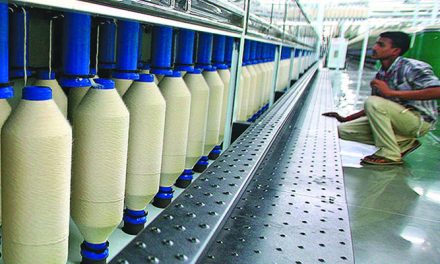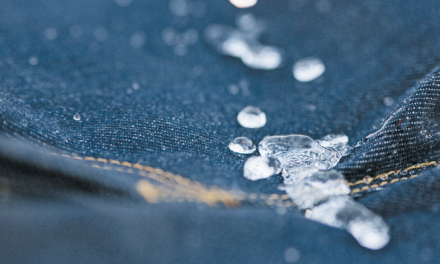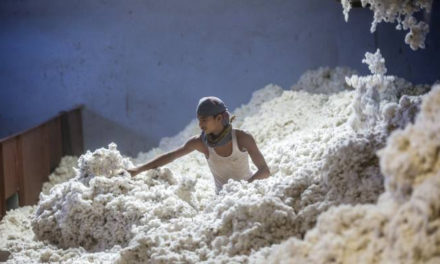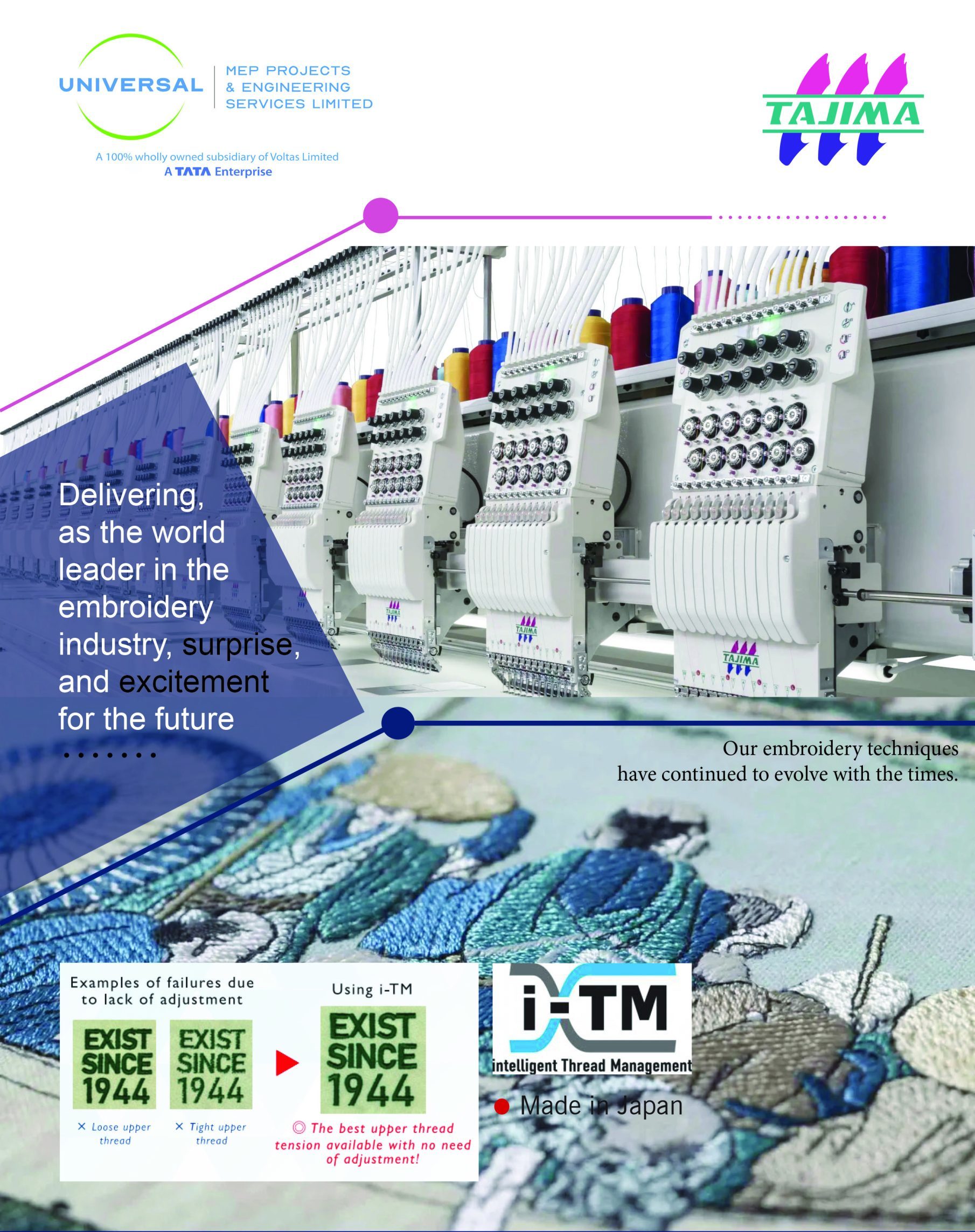 India, with its centuries-old textile legacy and booming manufacturing strength, stands at the forefront of improving sustainable practices. At the forefront is the transformative concept of a circular economy – one that minimizes waste and champions intelligent, sustainable design across the entire ecosystem. For India, embracing circularity isn’t just about going green; it’s about unlocking a bold new era of innovation, resilience, and economic growth.
India, with its centuries-old textile legacy and booming manufacturing strength, stands at the forefront of improving sustainable practices. At the forefront is the transformative concept of a circular economy – one that minimizes waste and champions intelligent, sustainable design across the entire ecosystem. For India, embracing circularity isn’t just about going green; it’s about unlocking a bold new era of innovation, resilience, and economic growth.
Catalysts for Change
The traditional “take, make, and dispose” model has placed immense pressure on natural resources. Globally, the fashion industry contributes nearly 10% of carbon emissions and is responsible for about 20% of wastewater. India being one of the largest producers and exporters of textiles has significant responsibility towards the environment.
Now, the influence for conscious consuming, among the youth is driving demand for ethically produced clothing. Social media advocacy, evolving regulatory framework, and growing investor expectations are converging in favor of sustainability. The message is clear for the textile industry: adapt, innovate, and lead the path towards sustainable textile practices.
Understanding Circular Fashion
Circular fashion is a regenerative system in which materials are kept in use for as long as possible, and natural ecosystems are preserved and restored. It requires a fundamental shift that spans the entire value chain. This philosophy aligns with Indian textile ethos. Many legacy manufacturers, especially those with integrated value chains, are already innovating behind the scenes by reimagining yarn production using recycled PET bottles, adopting sustainable dyeing processes that drastically reduce water use, and designing products that can be easily disassembled and repurposed.
Opportunities in Circular Model
Textile Recycling and Upcycling
India generates an estimated one million tons of post-consumer textile waste annually. A large portion of this waste is either incinerated or sent to landfills. Scaling up textile recycling facilities can unlock new raw material streams while creating employment across the value chain.
Forward-looking manufacturers have begun investing in in-house recycling capabilities, leveraging waste from both consumer use and their own production floors. This approach not only reduces landfill pressure but ensures continuity and promotes closed-loop systems.
Eco-Design and Yarn-Level Innovation
A lesser-discussed but critical component of sustainable fashion lies in yarn innovation. Designing sustainable garments must begin at the fiber and yarn stage. Leading manufacturers are experimenting with blends that combine recycled polyester with biodegradable natural fibers. These innovations reduce dependence on virgin materials and improve recyclability.
Reverse Logistics and Consumer Engagement
Brands and manufacturers must design take-back programs, collaborate with retailers on reverse logistics, and educate consumers on sustainable disposal. Indian businesses laying the groundwork for such models today will be tomorrow’s leaders.
Job Creation and Rural Empowerment
The transition to circular fashion is not just an environmental mandate; it’s a socio economic opportunity. The repair, repurposes, rescale, and recycle ecosystem offers scalable employment opportunity, especially in tier 2 and 3 towns. With proper support, India’s large informal sector can become the backbone of circular textile practices.
India’s Global Advantage
Despite challenges, India holds several strategic advantages: cost-effective production, a skilled workforce, a deep-rooted textile heritage, and increasing government support. Moreover, a growing cohort of purpose-driven manufacturers is quietly pushing boundaries.
Many Indian yarn producers have already gained global recognition for their investments in sustainable technologies by producing yarns from recycled plastic waste, building closed-loop water systems, and publishing transparent sustainability disclosures. These companies may not dominate headlines, but they are shaping the future of textiles.
Collaboration is the New Competitiveness
Sustainability should not be a competitive advantage, but rather its a shared mission. The industry must move toward open collaboration: joint ventures for green infrastructure, knowledge-sharing consortiums, aligned messaging to consumers, and common standards. While individual manufacturers build capacities in recycled yarns, solar-powered operations, or water stewardship, industry-wide harmonization is critical to accelerate collective progress.
The Way Forward
India stands at a defining moment in its textile journey. Circular fashion is not a trend; it is the blueprint for long-term success. By embracing it, India can establish itself as a global hub for responsible manufacturing. The future belongs to companies that understand sustainability as an opportunity to invest in resilience and it belongs to leaders who know that legacy is not just holding market share or shareholder value, but building an industry that future generations can be proud of. Many Indian manufacturers, some quietly and others boldly, are proving that sustainability is not just good policy; it’s creating a sustainable eco-system for the future.
Sammir Dattani, Executive President, Sanathan Textiles Limited
















